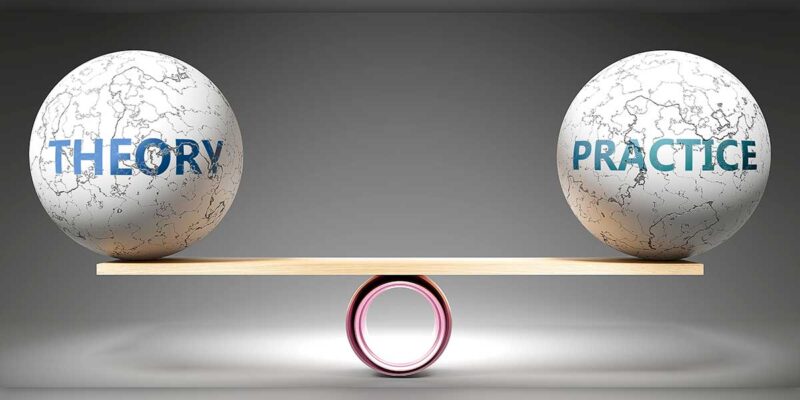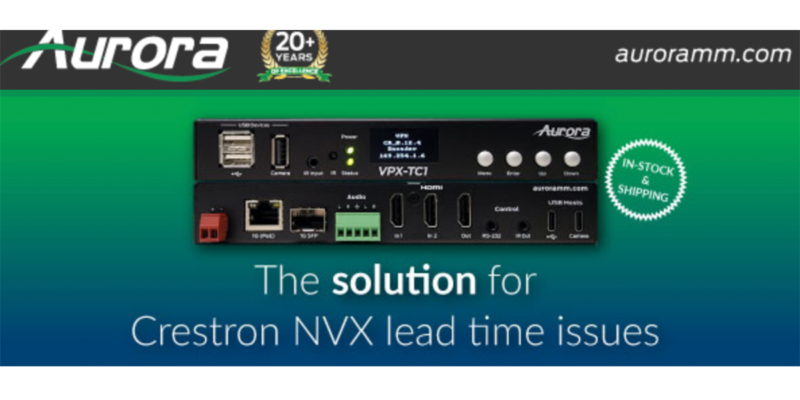The Real Metrics for AV Social Media Success
 There’s no doubt that social media is a part of your marketing strategy, but are you measuring more than the so-called ‘vanity metrics’ of likes and impressions? To make your brand’s social media truly successful, your brand’s social accounts must have some personality and they must ‘listen’ even more than they ‘talk.’ When your brand listens and responds, your firm will begin to understand what others are saying about your brand, who is saying it, and what they want from your brand. In short, you’ll learn what your brand means from the most valuable of sources: prospects and customers.
There’s no doubt that social media is a part of your marketing strategy, but are you measuring more than the so-called ‘vanity metrics’ of likes and impressions? To make your brand’s social media truly successful, your brand’s social accounts must have some personality and they must ‘listen’ even more than they ‘talk.’ When your brand listens and responds, your firm will begin to understand what others are saying about your brand, who is saying it, and what they want from your brand. In short, you’ll learn what your brand means from the most valuable of sources: prospects and customers.
Decide What’s Measurable
The exponential reach of social media (it’s not just who you know, but the people they know and the people they know, on and on…) has given a voice to everyone. The problem is that if everyone’s talking, it’s hard to cut through the clutter. That’s why we must be listening more than we talk on social media.
Active listening is the first step of deciding what to measure for your social media ROI.
Define Your Demographics & Channels
Measuring the reach and effectiveness of your social media efforts starts with identifying the target audience and the quantifiable goals for engaging them. Start with the low-hanging fruit of your existing followers. After all, they’re the most likely to engage with your pages, tweets and posts.
Next, create a baseline of how people engage with your social content. You can then begin setting goals for the obvious numerical increases in fans and followers per week/month and the less obvious things like trend data, such as:
- Which kinds of posts get the most comments, re-tweets, wall-posts and mentions?
- During which day of the week are people most active? What time of day?
- What is the click-through rate from your other electronic communications to your social media properties?
- How many people signed up for an activity or event (such as a webinar) via electronic registration through a social media page?
- Based on the activity or event, are you reaching certain age groups/demographics more effectively?
For example, Facebook provides every fan page with an “insights” page that gives you good, trackable data. Your website should also have measurable data (for free with Google Analytics), which you can compare and overlay against the data from Facebook. Inbound marketing tools like HubSpot, Pardot and Marketo bring your efforts together through a campaign-oriented interface. Over time, if you capture this data and review it for trend analysis, you’ll begin to see what works and what doesn’t.
Decide What’s Not Measurable
Numbers alone are not enough data to declare success. With Twitter, many people and organizations subscribe to the model of ‘follow and be followed’, wherein they follow everyone they can in the hopes of getting a lot of reciprocal follows. It’s not hard to have thousands (or tens of thousands) of followers on Twitter, but it’s a vanity metric and isn’t an indicator of real growth or effectiveness.
Organic growth (earned) is best because it represents people choosing to seek out your social media channels. These are higher quality and are weighted as being more valuable than thousands of people that follow but never bother to engage.
Deciding on what’s not measurable (or easily measured), such as the sentiment of your followers, means you’re looking for other indicators (what can be easily measured) like re-tweets, lots of comments or plenty of back-and-forth conversation. These indicators, especially as they increase in both the number of fans/follower and the frequency of their engagement, are the kinds of intuitive signs of growth and effectiveness.
There are social media tools for managing your content and measuring reach, sentiment, and engagement. These are the basis of building a 24/7/365 connection with prospects and customers alike. Brands are taking social media seriously, as it is a touch point for marketing, sales, support and community managers – all of which benefit from a staffed-up social media team.
Create a Holistic Social Media Strategy and Adjust Frequently
Once you understand your baseline and basic measurements, you can develop a strategy for increasing your effectiveness (and efficiency, too). It’s important to make sure you do this in the right order:
- What is your Objective for Social Media?
- What Goals have you put in place? (A goal isn’t a goal if it’s not measurable and time-based. “X” happening by “Y” date).
- What Strategies will help you accomplish each goal?
- What are the Actions (tasks) that make up each of your strategies?
Your objective shouldn’t change, as this is your main purpose. Your goals will shift over time. Your strategies will require tweaking as you learn the most effective methods. Your actions are always in flux, based on the time, manpower and technology (systems) you commit.
In case you haven’t noticed, this is a lot of work over an extended period of time (with no end date, I might add).
It’s easy to have a Facebook page or Twitter account that you use as a bully pulpit. It’s far more difficult to increase your true reach and increase engagement through these very relational channels without a good deal of planning, effort and consistency.
Are you ready to decide what you will and will not measure? Will you commit the time and be consistent in your efforts to leverage this unprecedented set of tools to reach more prospects and users than ever before? The choice is yours, and technology-focused brands need to take this next large step into putting new metrics and higher expectations around social media management and engagement for managing their brand reputation and user engagement.
What say you? Do you see AVL brands crushing it with social media or are they behind the curve?





